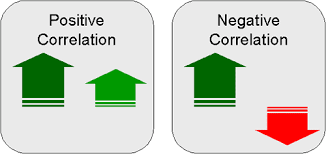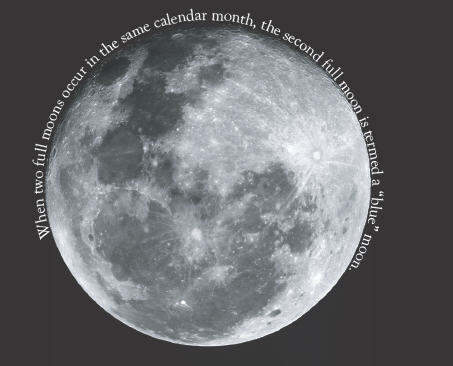Lesson 2: Unique Disorders
Correlation, Causation and Confounding Factors
When analyzing relationships between two variables, please remember that correlation is not causation. Merely having two things occur simultaneously does not mean that one causes the other. However, correlation is the measure of how strongly two variables are related. A positive correlation means that as one variable increases so does the other. A negative correlation means that as one variable increases the other decreases. For a correlation to be validated, however, the results must be replicated in independent trials of the same experiment.

Examples of Correlation:
As noted previously, correlation implies causation. Consider the following examples, used with permission, from http://www.encyclopedia.thefreedictionary.com.
| Example One Teenage boys eat lots of chocolate. Teenage boys have acne. Therefore, chocolate causes acne. |
Scientists have performed many studies and engaged in much research regarding the relationship between chocolate and acne, but have found no reliable correlation linking chocolate to acne. Eating chocolate, therefore, does not cause acne.
| Example Two Ice cream sales are strongly (and robustly) correlated with crime rates. Therefore, ice cream causes crime. |
So, if ice cream consumption and murder are highly correlated, does ice cream incite murder or does murder increase the demand for ice cream? Neither - they are joint effects of a common cause, namely hot weather. The real explanation may be that high temperature increases crime rates (presumably by making people irritable) as well as ice cream sales. This special case of correlation is due to a confounding factor (hot weather) and the relation between ice cream and crime is, therefore, spurious (erroneously attributed). Indeed, research has shown a positive correlation between weather and ice cream sales; the hotter the weather, the more ice cream sold and the colder the weather, the less ice cream sold.
With respect to studies and experiments regarding abnormal behaviour and the lunar cycle, much of the data is incomplete. For example, if more car accidents occur on the weekend (Friday and Saturday), regardless of the phase of the moon, then this information needs to be considered when analysing the data.
|
Blue moon: the second full moon in a calendar month, happens once every 33 months |
 |